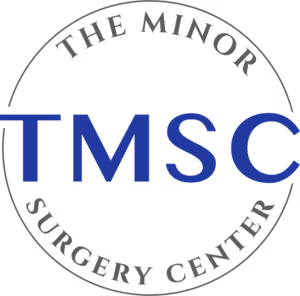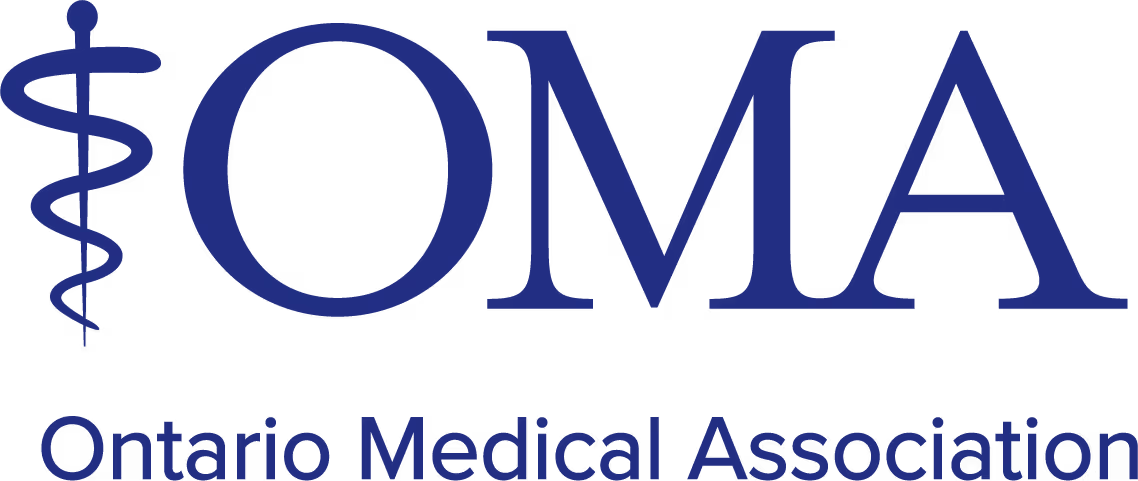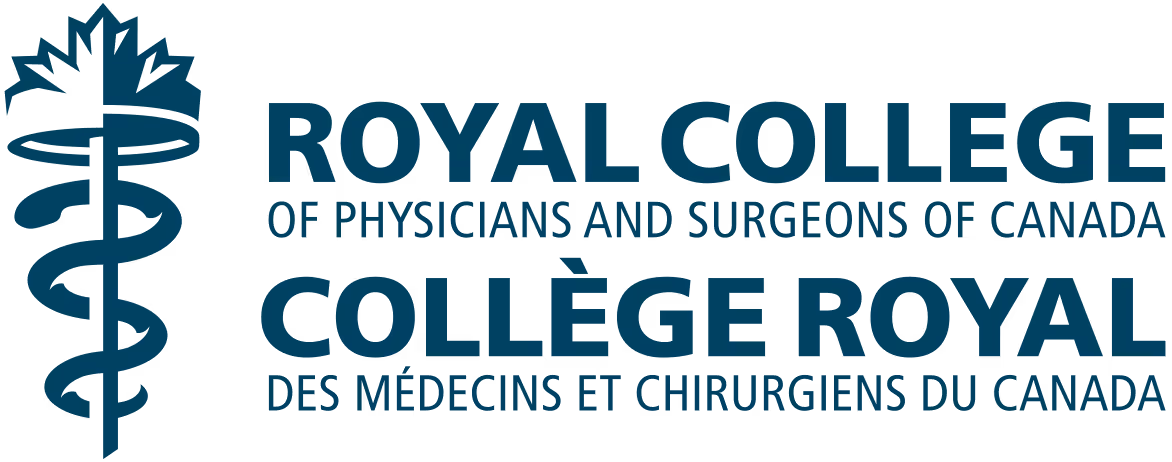At TMSC, our dermatofibroma treatment in Toronto, Vaughan, Mississauga & Oakville involves surgically removing the lump and then stitching the skin. One of our board-certified surgeons will perform the procedure and use a local anesthetic to numb the area, ensuring it is entirely painless and comfortable for you. We strive hard to minimize scarring and preserve the surrounding tissue.
How is dermatofibroma diagnosed?
The diagnosis of dermatofibroma primarily depends on the patient's medical history and symptoms. The physician typically conducts a local examination first. They may use sight and light or squeeze the skin to see if it causes a dimple in the middle. If there is any uncertainty about the presence of dermatofibroma, a biopsy may be ordered.
What are the treatment options for dermatofibroma?
Although dermatofibromas are not cancerous or painful, and thus usually don't require treatment, some people may seek treatment due to cosmetic reasons or if they experience any discomfort. Treatment options include steroid injections, surgical excision, and freezing the nodules. Surgical excision is considered the most reliable method as it offers permanent results.
How does the Dermatofibroma Removal Procedure work?
- Initial consultation: The dermatofibroma removal process begins with an initial consultation with one of our surgeons where they examine the dermatofibroma and review your medical history. From the initial consultation to the final follow-up, our surgeons will be there all the way to ensure you have a successful and seamless removal procedure.
- Surgery: During the surgery, our surgeon administers local anesthesia, and the dermatofibroma is removed painlessly.
- Post-procedure: After removing the dermatofibroma, the area is stitched up. Before you go home, they will discuss what you can expect during your recovery process and provide aftercare tips to ensure minimal scarring and quick recovery.
The downtime for this surgery is minimal, and you can resume your daily activities right after the procedure. However, our surgeons might recommend avoiding strenuous activities for a few days to avoid complications. They will inform you when you can start your regular exercise or other strenuous activities once they ensure healing is complete.
Scarring
We understand our patients' desire to keep scarring to an absolute minimum, so we take every precaution to ensure any resulting scars are as minimal as possible. We also use scar management gels specifically designed to help new scars heal as quickly as possible.
With our surgeons' experience, you can be confident that any scarring will be minimal, and you'll achieve the best possible results from your procedure. We also prioritize patient care and ensure that any concerns you may have are adequately addressed, even after the procedure is complete.





